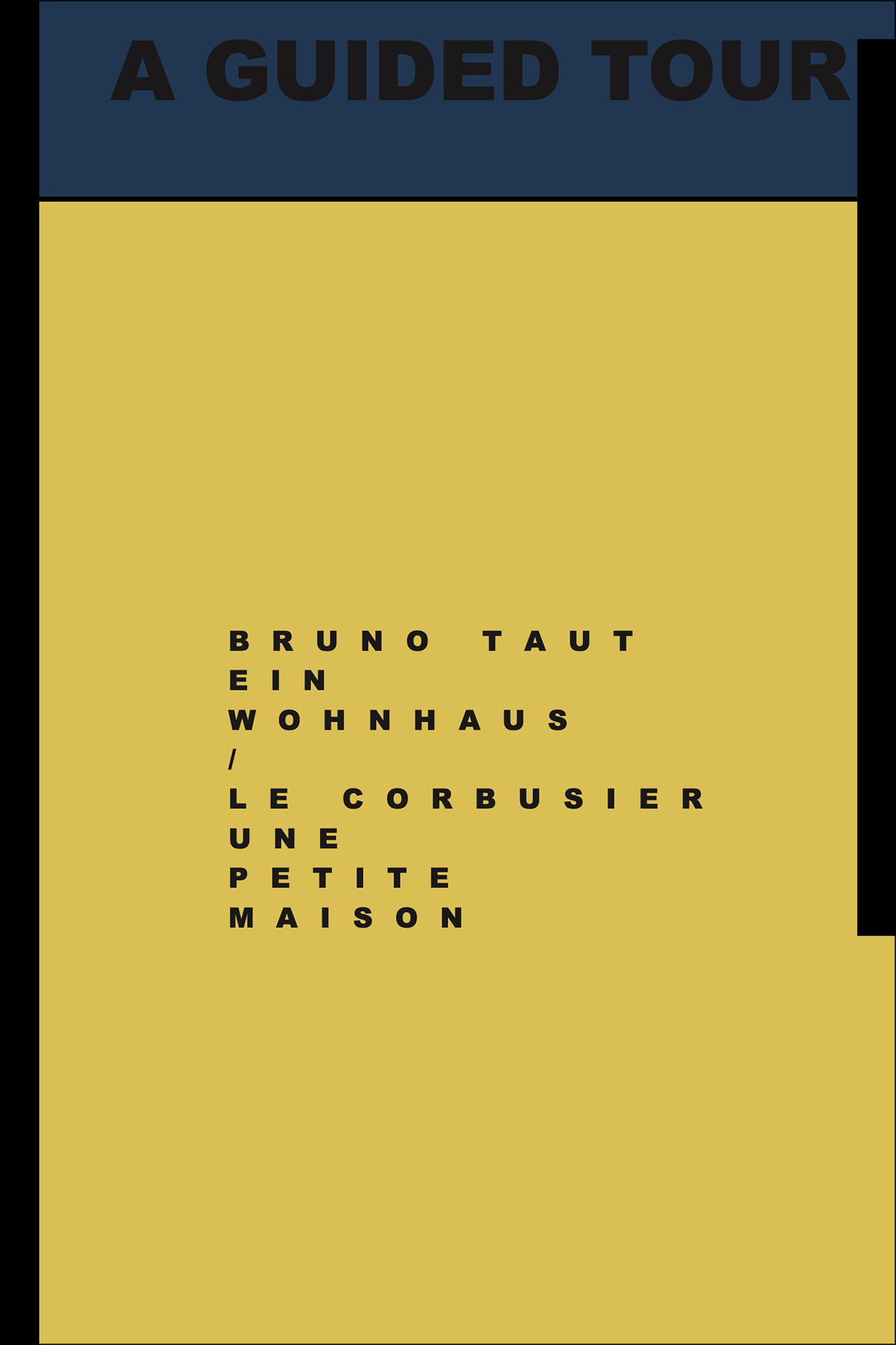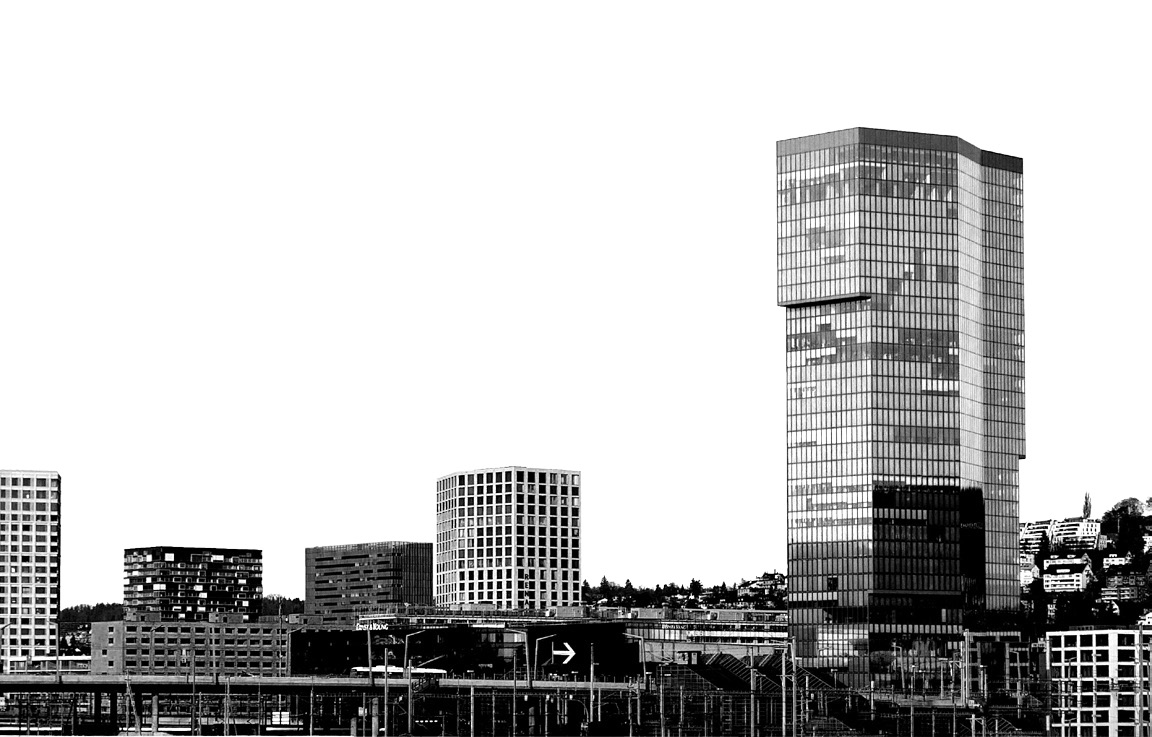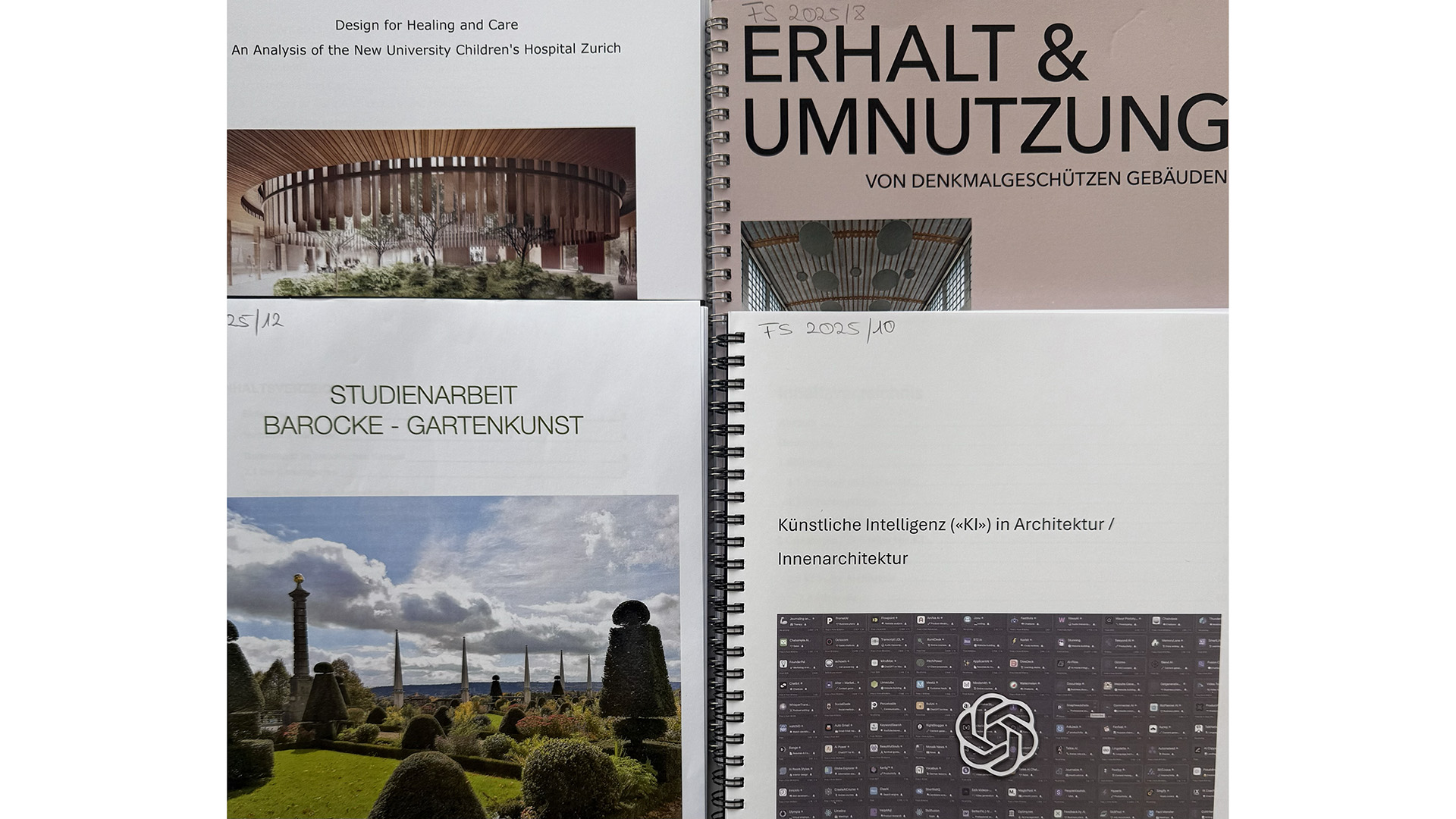Body Building
Solid evidence, technical achievement, cultural presence, sensual expression, individual emotions and common sense: what is the Body of architecture? What is its specificity? What are its limits? What physical consistency defines or should characterize architecture? What continuities and discrepancies are to be found among a building, a sculpture, a figure, an emotion, or an idea? What is architecture like? What is it for? And how do we interact with all this?
In the Spring Semester 2024, the Basic Lectures in the Master’s program focused on nine physical themes in the public realm of Lucerne: Pavements, Stairs, Vegetations, Walls, Openings, Roofs, Wires, Lights, Signs. Each group of students was assigned one of these themes and explored the built city as a body of architecture by confronting their own bodies with it and reflect on physical evidence, like sounds, materials, temperature, smell, time, orientation, equilibrium, dimensions, details as well as social presence, like individual and common interactions, meanings, memories and analogies of uses and habits. The students were asked to document their experiences and thoughts in a video work. Each video is integrated and intertwined with a textual emotional description and an anthology of theoretical background.
This was about:
– going & staying & going away & remembering
– thoughts & emotions & meanings
– sequences & movements
– moments & contemplations
– physics & imaginations
– analogies & references
I confront the city with my body; my legs measure the length of the arcade and the width of the square; my gaze unconsciously projects my body onto the façade of the cathedral, where it roams over the mouldings and contours, sensing the size of recesses and projections; my body weight meets the mass of the cathedral door, and my hand grasps the door pull as I enter the dark void behind. I experience myself in the city, and the city exists through my embodied experience. The city and my body supplement and define each other. I dwell in the city and the city dwells in me.
Juhani Pallasmaa, The Eyes of the Skin, 1996


